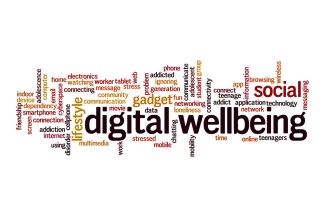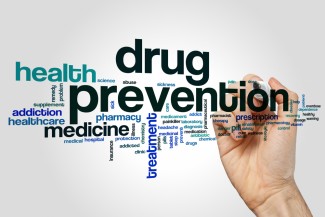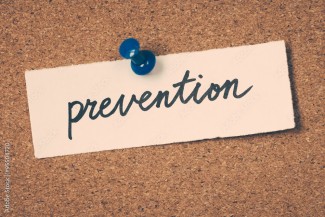Search
Alcohol Use Among Adults in Greece and Kazakhstan: Results from an Online Research
Highlights from the 2025 UNODC World Drug Report
Perceived impacts of North Americas first de-medicalised safer supply program
Background
A non-medicalized safer supply model called a “Compassion Club” has recently been evaluated. The model involved providing rigorously tested and accurately labeled illicit substances to members at cost. Operating for 14 months in...
Using Social Media to Promote Life Skills Among Adolescents: A Debate on Opportunities, Challenges, and Implications for Health and Education
Background
The digitalization of society blurs the boundaries between the analog and digital worlds, providing opportunities such as telemedicine and global connectivity. However, it also introduces risks, including cyberbullying, addiction...
Money Matters: Time for Prevention and Early Intervention to Address Family Economic Circumstances
Background
Child poverty is linked to poorer physical and mental health, negative educational outcomes, and long-term social and psychological issues, all of which increase service demand and costs. Traditionally, prevention and early...
Rapid Adaptation to Prevent Drug Use (RAPD): protocol of a pilot randomized trial to enhance the impact of an evidence-based intervention for youth
Background
Drug use trends among youth change rapidly, making it difficult for experts to respond quickly. Delays in addressing these issues can lead to preventable health problems and deaths. The COVID-19 pandemic highlighted the need for...
ISSUP Nigeria Knowledge Update Series (26th Session): The Role of Family in Substance Use Prevention
Connecting Research, Policy, and Prevention: Key Insights into Adolescent Substance Use from ESPAD and MedSPAD Projects
Feasibility Study of Linking Anonymous Data of Children in Longitudinal School-Based Prevention Research
INTRODUCTION: Longitudinal prevention research in adolescents often involves sensitive data collection, necessitating anonymity. Self-Generated Identification Codes (SGICs) have emerged as a tool for linking anonymous data while preserving...
Prevention Systems: An ISSUP Scientific Council Discussion
Text Messages Conveying Parental Drinking Limits: A Potential Avenue for Preventing and Reducing Alcohol Use in College Students
Previous studies have shown that when students perceive their parents set strict limits on underage drinking, they tend to consume less alcohol. However, the best ways to communicate these limits effectively remain unclear. To explore this...
Youth Voices in SUD Management: Challenges and Opportunities
Strengthening Substance Use Prevention in Tanzania through Evidence-Based Interventions
Prevención a través de medios de comunicación social
An Integrated Analysis of the Impact of Spanish Family Support Programmes with Informed Evidence
This article describes the quality of Spanish family support programs, focusing on their impact, community reach, expansion, and sustainability. EurofamNet selected 57 programs that had evidence-based results. Family support programmes...
Estrategias de prevención laboral y el marco legal, basado en una experiencia chilena
Impacto de la Desinformación y la Información Errónea sobre Drogas en Niños y Adolescentes.
Historical Trends in Cannabis Use Among U.S. Adults Ages 19–55, 2013–2021
The study analyzed national data from the U.S. to track trends in cannabis use from 2013 to 2021, focusing on changes in use among young and middle-aged adults. Researchers also looked at whether these trends varied by sociodemographic...
Digital Alcohol and Cannabis Ads, Consumption Frequency, and Driving Under the Influence
This study aimed to explore how exposure to digital advertising for alcohol and cannabis might impact the likelihood of young adults driving under the influence of these substances. The researchers investigated the associations between...
Share the Knowledge: ISSUP members can post in the Knowledge Share – Sign in or become a member




